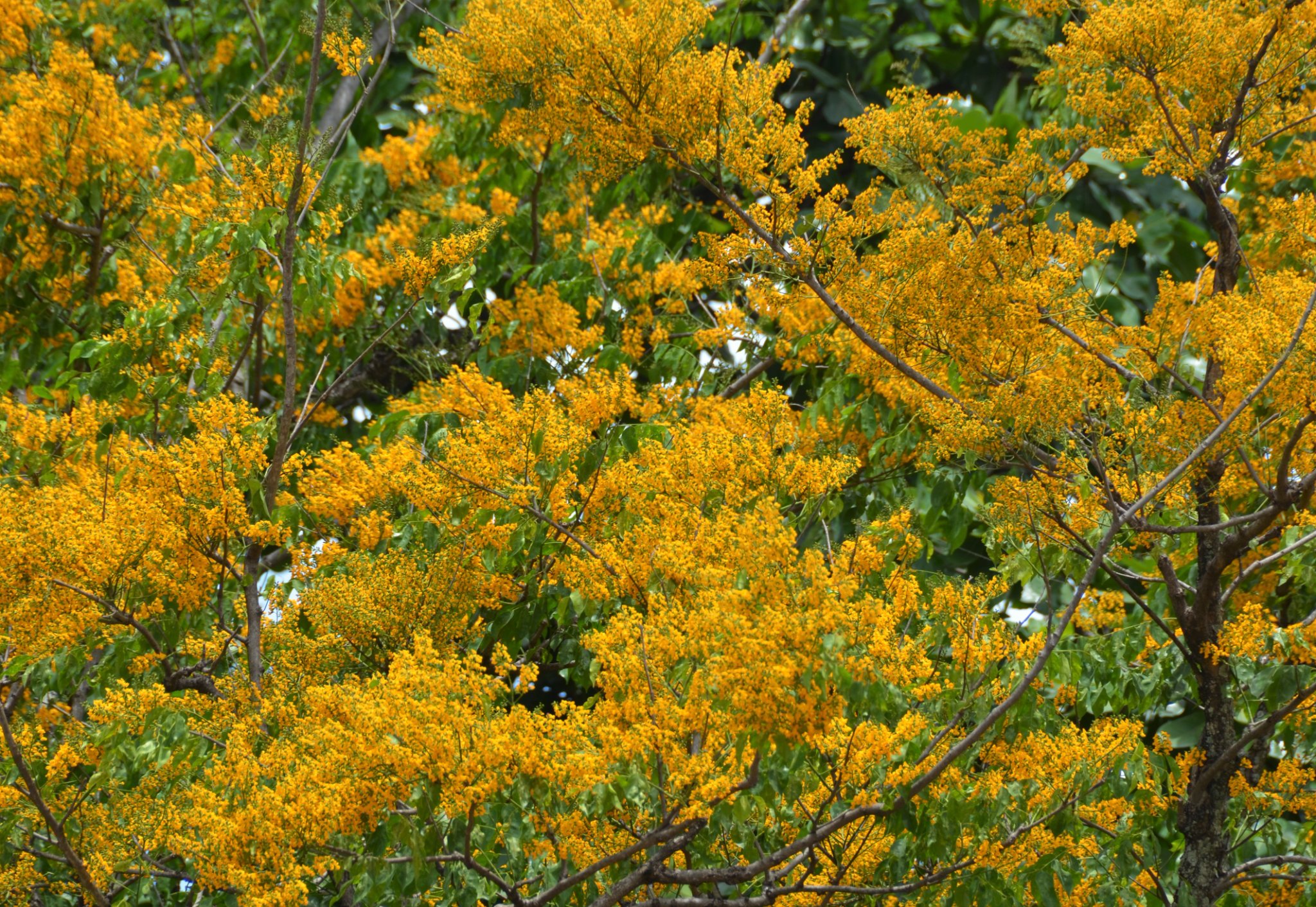Text and Photos by Henrylito D. Tacio
Davao veteran photojournalist Rene Lumawag succumbed to prostate cancer. Asia’s sprint queen Lydia de Vega wasn’t able to outdo breast cancer, which took her life. President Corazon C. Aquino died of colon cancer.
Other famous personalities who perished because of cancer include George Canseco, Reye Cayetano, Chiquito, Marilou Diaz-Abaya, Salvador Escudero, George Estregan, Marcelo Fernan, Mark Gil, Espidirion Laxa, Francis Magalona, Liezel Martinez, and Ramon Mitra, Jr.
The list goes on: Mario O’Hara, Renato del Prado, Leticia-Ramos Shahani, Chino Roces, Raul Roco, Zorayda Sanchez, Armida Siguion-Reyna, Neil Tupas Sr., George Ty, Amelyn Veloso, Nestor de Villa, and Perfecto Yasay, Jr.
If you’re not careful enough, you might join the list. But there is good news: Cancer patients who are looking for some miracles from heaven can now find some relief from the country’s tree icon.
The bark of narra (scientific name: Pterocarpus indicus) has been discovered to have some properties that can likely fight cancer, according to a news report from the Guru Press Cordillera.
Source of the information was from a study made by medical students from University of Northern Philippines: Kathlyn Sagmayao, Kristine Rabago, Jonabie Tolentino, Keizer Subayan, and Anderson Ventura.
Sagmayao, who headed the study, told scribe Leonids Lo-oy that they found “some evidence proving that narra bark extract contains substances that can reduce the growth of blood vessels thus, stopping tumors from growing.”
Their research found out that narra’s bark has an antiangiogenic activity that can control the growth of blood vessels. As such, it can be used as a potential source to treat cancer. “Cancer needs oxygen and nutrients in order to grow and spread in the body,” she was quoted as saying.
Lo-oy wrote that in Sagmayao’s explanation to her, the “oxygen and nutrients are found in the blood, and that blood is carried by blood vessels. With antiangiogenic or control of blood vessels growth, no blood vessels will go to the tumor resulting in it to starve, shrink and die.”
Sagmayao and her teammates, however, suggested that further scientific studies must be conducted to identify and further isolate the bioactive compound of narra.
Researchers from the College of Pharmacy of the De La Salle University (DLSU) in Dasmarinas seemed to agree with the study of Sagmayao and her team. They found out that narra could improve human health and wellness.
In the Narra Extract Research Study, as it is called, the researchers employed the ORAC (Oxygen Radical Absorbance Capacity) method. Developed by American scientists at the National Institute of Health and Aging, ORAC measures the antioxidant capacity of different foods. Antioxidant is a substance that protects cells from the damage caused by free radicals.
“ORAC is a lab test that attempts to quantify the ‘total antioxidant capacity’ of a good by placing a sample of the food in a test tube, along with certain molecules that generate free radical activity and certain other molecules that are vulnerable to oxidation,” explains Scientific American.
The higher the ORAC score, the stronger the antioxidant capacity of the food. The DLSU study found that the ORAC scores of all methods tested “displayed similarly high levels of antioxidant potency.”
“There is a list by the United States Department of Agriculture and the narra extract, based on the ORAC score, ranks among the 10 percent foods that have antioxidant properties,” said Prof. Sigfredo Mata, contributing editor of the narra research. “That means to say that the narra extract is number one in the Philippines when it comes to antioxidant properties if we look at the ORAC score.”
Timothy Bengala, also a professor and primary investigator of the narra research, cited a study conducted by Xu et al. in 2021 on pterostilbene, a potent antioxidant. The said study found out that pterostilbene is effective as immune-enhancing, anti-asthma, anti-cancer, anti-fungal, anti-ulcer, and anti-allergy.
With a high ORAC score, narra has the same healing properties. “As early as 2002, narra has been found to have medicinal value and was used as the main ingredient of a dietary supplement to improve the quality of life of those with diabetes, hypertension, arthritis, bladder stones, and infectious diseases,” the statement from the experts said.
This is good news, indeed, as cancer is now “the second leading cause of death globally,” according to Dr. Carmencita D. Padilla, professor of paediatrics at the College of Medicine of the University of the Philippines.
In the Philippines, the Department of Health reports that the six most common sites of cancer among men are lung, liver, colon/rectum, prostate, stomach, and leukemia. In comparison, the six most common sites among women are breast, cervix, colon/rectum, lung, ovary, and liver.


For every 100,000 Filipinos, some 189 people are afflicted with cancer while four die of cancer every hour, according to a study conducted by the UP’s Institute of Human Genetics, National Institutes of Health.
Based on data released by the health department and the Philippine Cancer Society, Inc., nine Filipinos are diagnosed with cancer every hour.
“Cancer remains a national health priority in the country with significant implications for individuals, families, communities, and the health system,” the health department points out.
Cancer is a group of cells that has lost its normal control mechanisms and thus has unregulated growth. Actually, there are more than 100 types, according to medical science, but all have one thing in common: an uncontrollable growth and spread of abnormal cells.
One of those that can control, if not stop, the growth of those abnormal cells is the bark of narra. Unfortunately, the national tree is on the verge of extinction. Experts believe only the most determined and relentless conservation campaign will preserve the tree from disappearing in this part of the world.

